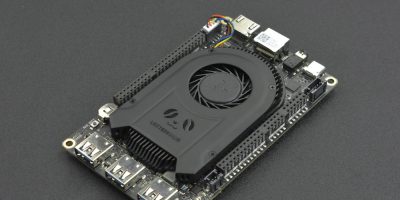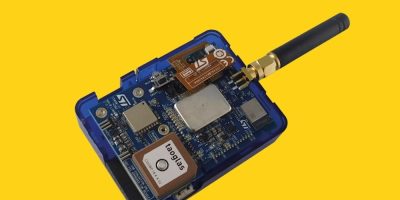Building on the development of OpenVDB, the open source C++ library for volumetric data, Nvidia has announced NeuralVDB, which brings the power of AI to OpenVDB.
It reduces memory footprint by up to 100 times which allows professionals working in scientific computing and visualisation, medical imaging, rocket science and visual effects to interact with extremely large and complex datasets in real time.
In the last decade, explained Ken Museth, senior director of simulation technology at Nvidia, OpenVDB has moved out of the visual effects industry and into industrial design and scientific use cases where sparse volumetric data is prevalent.
NeuralVDB joins Nvidia’s NanoVDB which was introduced last year, adding GPU support to OpenVDB. This accelerated performance and opened the door to real-time simulation and rendering, said Museth.
NeuralVDB builds on this GPU acceleration by adding machine learning to introduce compact neural representations that “dramatically reduce” its memory footprint. As a result, 3D data can be represented at even higher resolution and at a much larger scale than OpenVDB. Users can therefore handle massive volumetric datasets on devices like individual workstations and even laptops, said Nvidia.
NeuralVDB compresses a volume’s memory footprint up to 100x compared to NanoVDB which allows users to transmit and share large, complex volumetric datasets more efficiently.
To accelerate training up to a factor of two, NeuralVDB allows the weights of a frame to be used for the subsequent one. NeuralVDB also enables users to achieve temporal coherency, or smooth encoding, by using the network results from the previous frame.
This combination reduces memory requirements, accelerates training and enables temporal coherency offering new possibilities for scientific and industrial use cases, including massive, complex volume datasets for AI-enabled medical imaging and large scale digital twin simulations.







